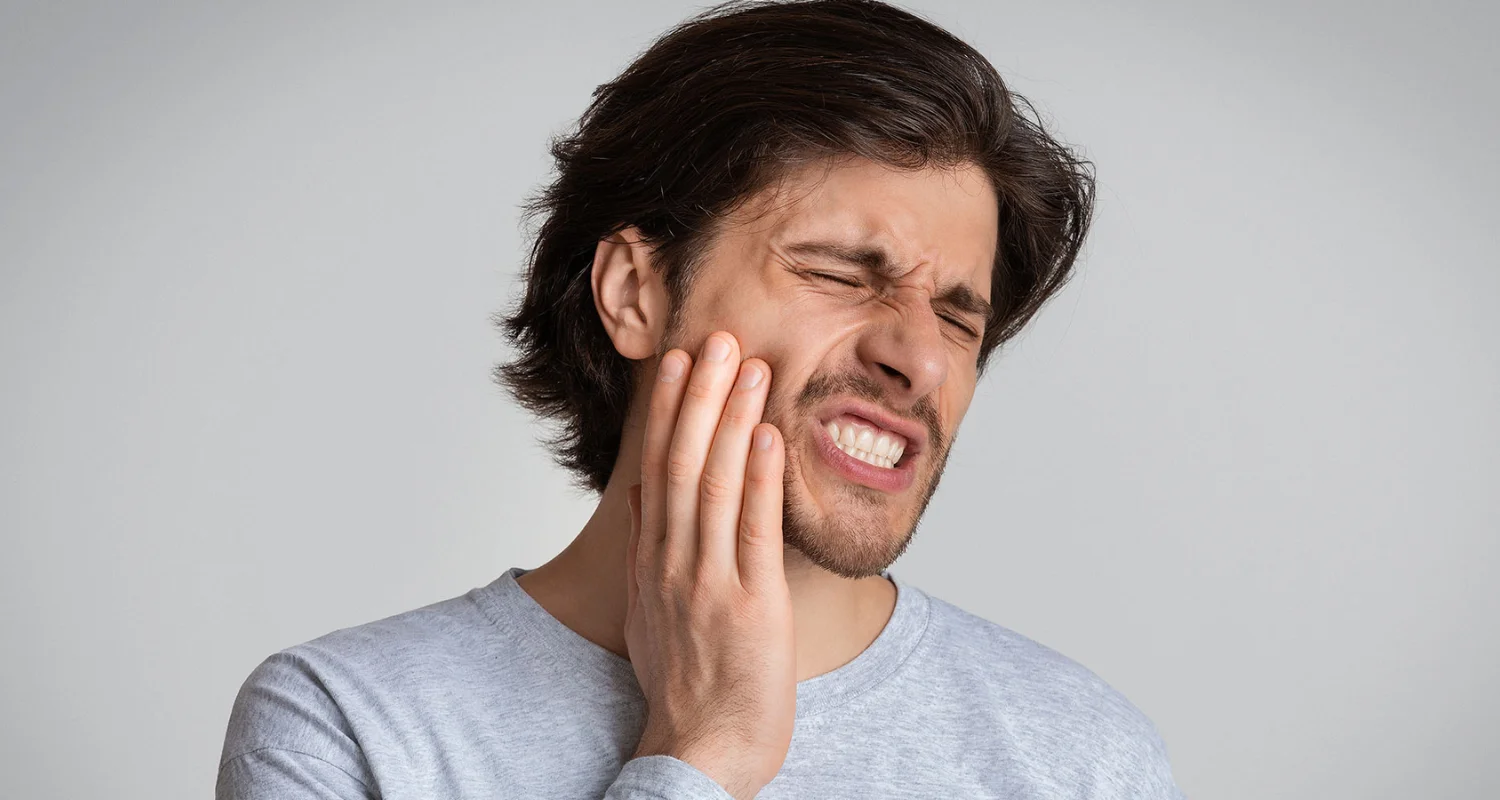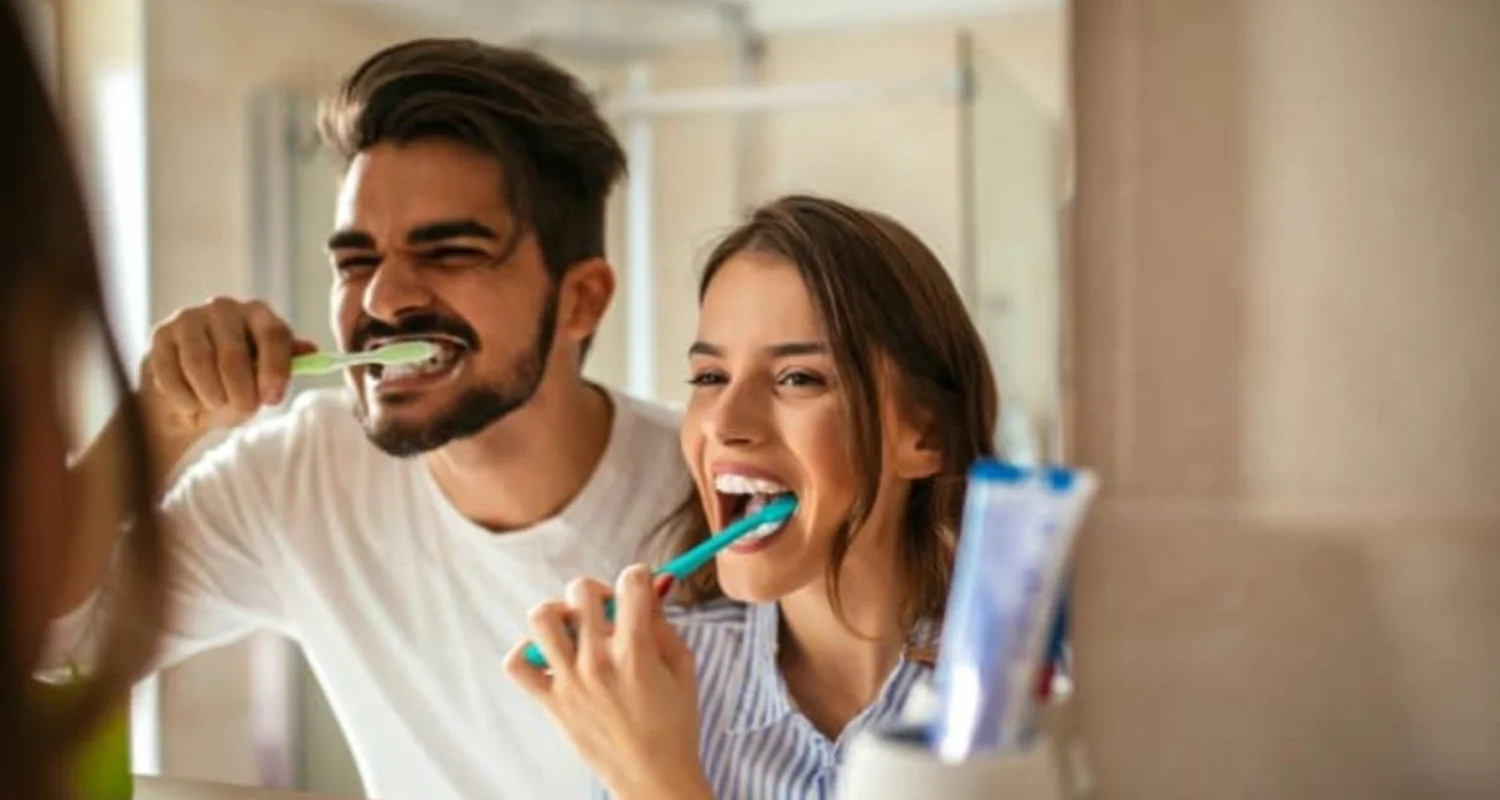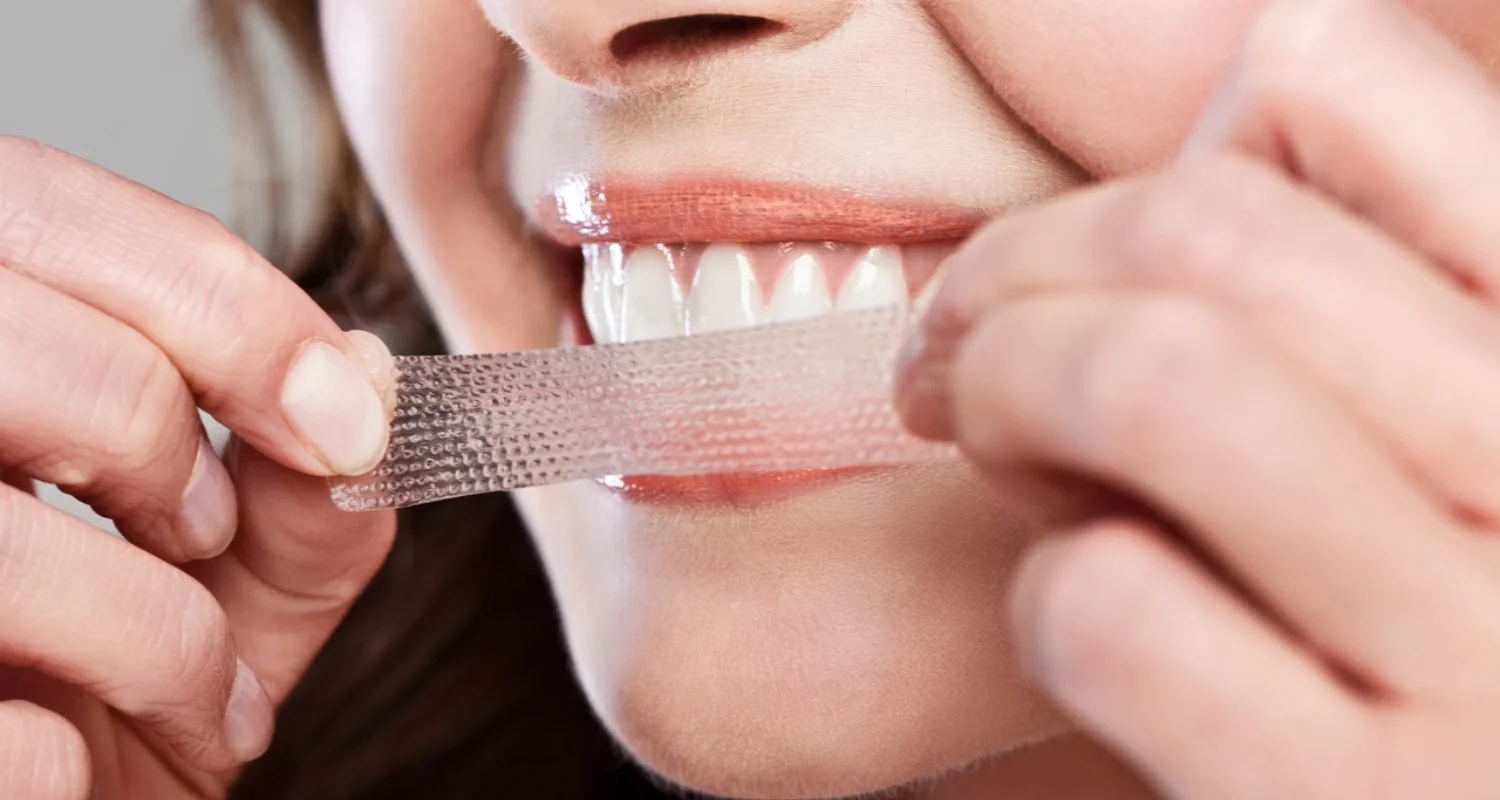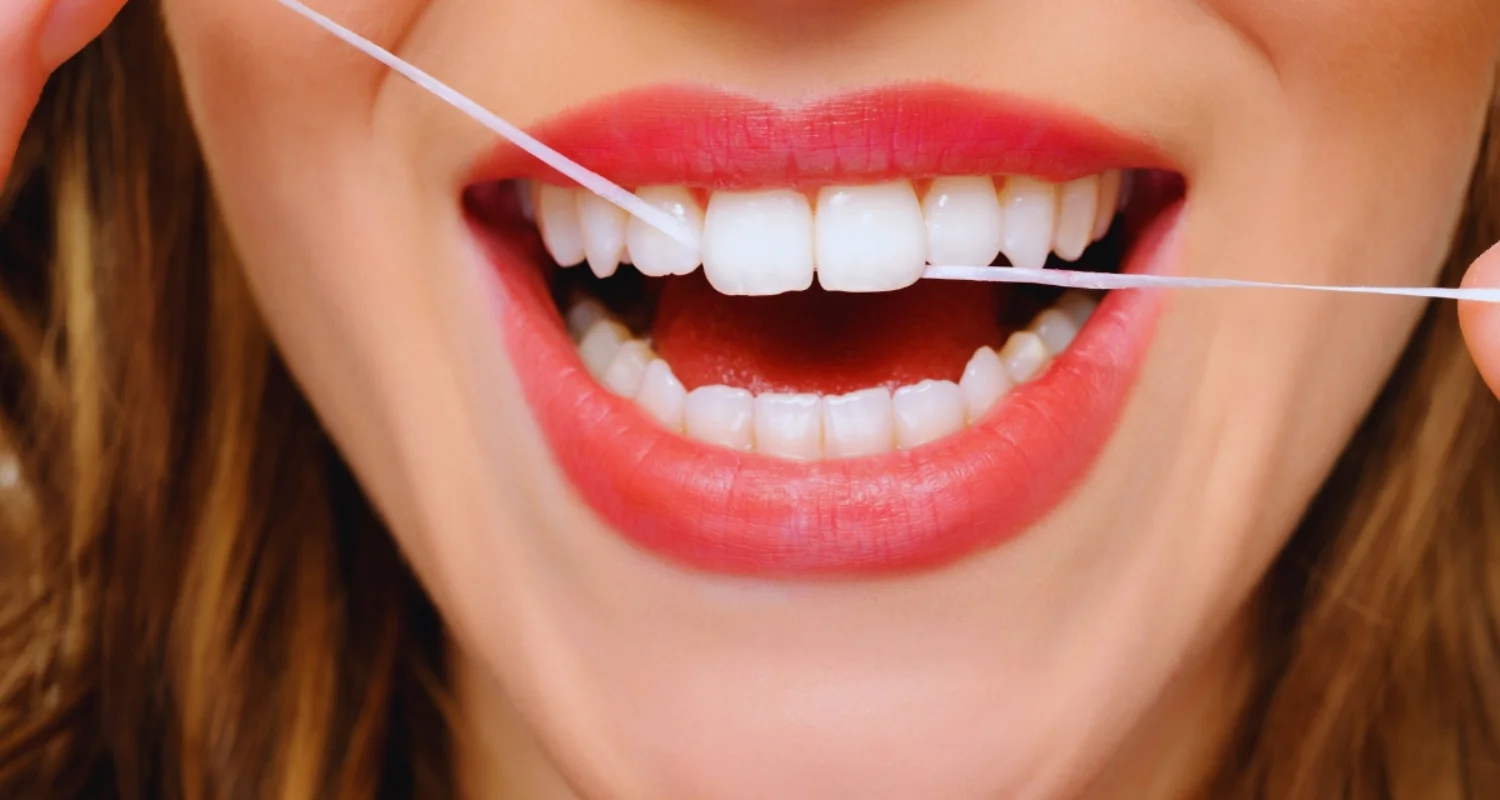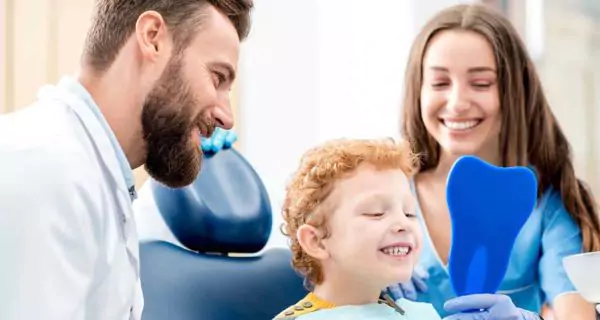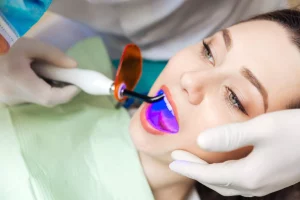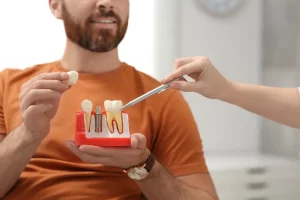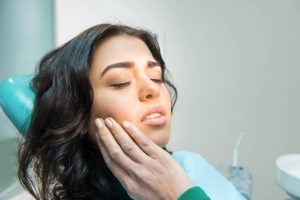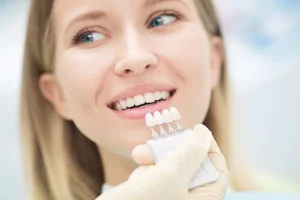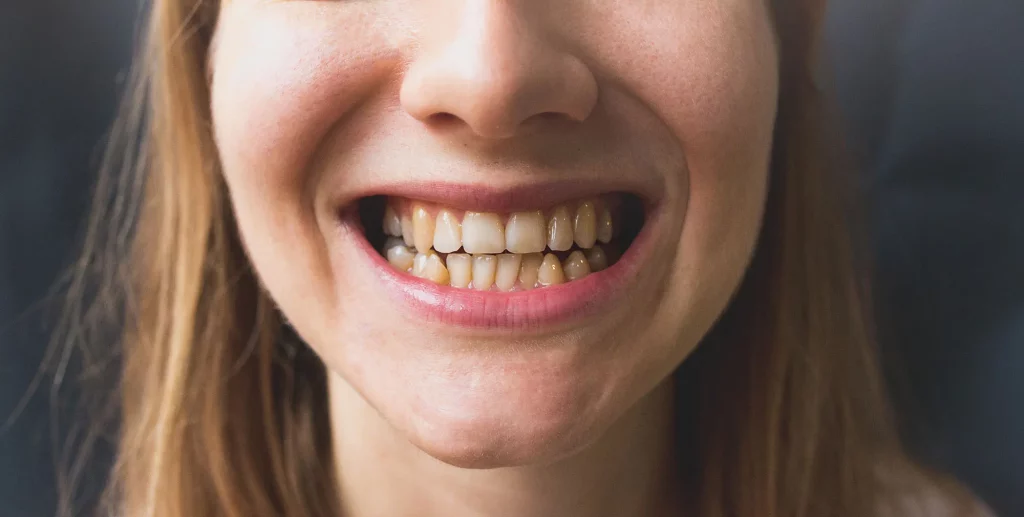Are you worried about Valentine’s Day dental emergencies? It is true what some people say: nothing ruins a romantic evening faster than a sudden toothache or a broken tooth.
Valentine’s Day is all about romance, candlelit dinners, chocolates, and capturing those picture-perfect moments with your loved one. But what happens if, right before your big date, you chip a tooth on a piece of hard candy or suddenly feel a sharp toothache? Not exactly the romantic vibe you were hoping for.
No one wants to deal with a dental emergency on the most romantic day of the year. That’s why we’ve got you covered! Whether it’s a cracked tooth, a lost filling, or an unexpected stain from red wine, we’ll share quick fixes and expert tips to keep your smile looking its best.
How to handle common Valentine’s Day dental emergencies?
Even with the best precautions, Valentine’s Day dental emergencies can still happen, sometimes right before your big date! Here are the most common issues and how to handle them quickly:
Chipped or broken tooth
Valentine’s chocolates are delicious, but some surprisingly hard. Biting into a hard chocolate or nut can crack a tooth.
What to do: If this happens, rinse with warm water, apply gauze if there’s bleeding, and cover any sharp edges with dental wax or sugar-free gum. Avoid chewing with the damaged tooth and call your dentist as soon as possible.
Toothaches or sensitivity
Sweets and cold drinks can trigger sudden pain, especially if you have weak enamel or a cavity. Let’s be honest, there’s nothing romantic about wincing every time you take a bite.
What to do: Rinse your mouth with salt water, take an over-the-counter pain reliever like ibuprofen, and avoid foods that could make it worse. If there’s swelling, apply a cold compress.
Lost fillings or crowns
Sticky treats like caramel or taffy can pull out a filling or crown, leaving your tooth exposed and sensitive.
What to do: If this happens, use dental cement (available at drugstores) or sugar-free gum as a temporary fix. Avoid chewing on the affected side and see your dentist promptly.
Gum injuries
Crunchy foods, seafood shells, or even aggressive flossing can scratch or cut your gums, causing irritation or bleeding.
What to do: Rinse with salt water or antiseptic mouthwash, apply gentle pressure if needed, and avoid spicy or acidic foods that might make it worse.
Stains or discoloration
Drinks like red wine and coffee, along with certain desserts, can leave stains on your teeth right before you head out. A dull smile isn’t ideal when you’re trying to impress your Valentine!
What to do: For a quick fix, brush with a bit of baking soda and water, use a whitening pen or strips, and drink water to wash away stains after eating.
By knowing how to handle these emergencies, you can keep your smile looking great and enjoy your Valentine’s Day without stress!
How to prevent Valentine’s Day dental emergencies
Some Valentine’s Day dental emergencies happen unexpectedly, but there are easy ways to lower the risk and keep your smile in top shape.
● Be careful with hard and sticky foods: Biting down on hard candies, ice, or popcorn kernels can crack your teeth, so it’s better to avoid them. Sticky treats like caramel or gummy candies can loosen fillings or crowns, which can be painful and inconvenient.
Instead, go for soft chocolates or desserts that melt in your mouth; they’re safer and just as delicious! Remember: a good diet always heps with oral health.
● Maintain good oral hygiene: With all the excitement of Valentine’s Day, don’t forget to stick to your regular oral hygiene routine.
Brushing twice a day and flossing daily helps keep your teeth and gums healthy. Using fluoride toothpaste strengthens enamel and reduces sensitivity, making it easier to enjoy the occasional sweet treat. Here are some toothpaste options that can help you!
Rinsing with water after eating sweets helps wash away sugar, while an antibacterial mouthwash can kill harmful bacteria and keep your breath fresh for your big date.
● Get a dental check-up before Valentine’s Day: If you have a loose filling, an old crown, or any lingering tooth pain, a quick visit to the dentist before Valentine’s Day can save you from a last-minute emergency.
A professional cleaning will also freshen your smile and remove plaque buildup, helping you feel more confident on your date. You can make an appoiment here!
● Avoid last-minute whitening overkill: Trying to whiten your teeth at the last minute might backfire. Overusing whitening strips or strong treatments can make your teeth extra sensitive, making it uncomfortable to eat or drink.
Instead, stick to gentle whitening toothpaste or try a natural brightening trick like brushing with baking soda for a quick touch-up.
Quick tricks to keep your smile Valentine’s Day ready
If you want to brighten your smile and keep your breath fresh before your big date, here are some simple last-minute tips:
1. Whiten your teeth: For a quick boost, try over-the-counter whitening strips or, if time allows, schedule a professional whitening treatment for a noticeable difference. Check out some dental strips here.
2. Pack a mini dental kit: Keep essentials like floss, a toothbrush, travel-sized toothpaste, and breath mints in your bag. A small bottle of mouthwash can also help you freshen up after meals.
3. Choose teeth-friendly snacks: If you love sweets, choose wisely! Hard candies take longer to dissolve, exposing teeth to sugar for longer, while sticky treats cling to hard-to-clean areas, increasing the risk of cavities. Dark chocolate is a better option since it melts quickly and doesn’t stick to teeth. For a healthier alternative, crunchy fruits and veggies like apples and carrots can naturally clean your teeth while you snack.
4. Stay Hydrated: Drinking water helps wash away food particles and keeps your mouth moist, preventing bad breath and dry mouth. If you’re having wine or cocktails, alternate with water to keep your mouth fresh.
With these simple tricks, you can enjoy your Valentine’s Day with confidence, knowing your smile is fresh, bright, and ready for the occasion!
Be prepared and smile confidently!
Valentine’s Day should be about love, laughter, and feeling your best—not dealing with dental disasters! By taking a few precautions and knowing how to handle Valentine’s Day dental emergencies, you can keep your smile looking great during your special date.
If something unexpected happens, don’t panic! Most dental issues have quick temporary fixes, and seeing your dentist as soon as possible will help you avoid long-term problems.
So go ahead, enjoy your chocolates, sip your wine (responsibly!), and flash that confident smile, because nothing should stand in the way of a perfect Valentine’s Day!
Frequently Asked Questions (FAQ)
References
1. Cleveland Clinic staff. (2022, 15 September). Dental emergencies. Cleveland Clinic. https://my.clevelandclinic.org/health/articles/11368–dental-emergencies-what-to-do
2. HeadStart. (2023, 26 April). Understanding How Sugar Contributes to Tooth Decay. HeadStart.gov https://headstart.gov/oral-health/brush-oral-health/understanding-how-sugar-contributes-tooth-decay
3. NHS. (2021, 13 August). Chipped, broken or cracked tooth. nhs.uk. https://www.nhs.uk/conditions/chipped-broken-or-cracked-tooth/
4. Tan, T. Y. C., Lim, X. Y., Yeo, J. H. H., Lee, S. W. H., & Lai, N. M. (2021). The Health Effects of Chocolate and Cocoa: A Systematic Review. Nutrients, 13(9), 2909. https://www.mdpi.com/2072-6643/13/9/2909
5. WebMD editorial contributors. (2024, 14 Octuber). Handling dental emergencies. WebMD. https://www.webmd.com/oral-health/handling-dental-emergencies

